Siblings of children with autism may show early setbacks
About 1 in 10 toddlers who have an older sibling with autism have cognitive and motor delays.

About 1 in 10 toddlers who have an older sibling with autism have cognitive and motor delays.

Childhood disintegrative disorder, a rare and severe condition, rapidly melts away a child’s abilities. A new theory proposes that this little-known condition turns back the developmental clock.
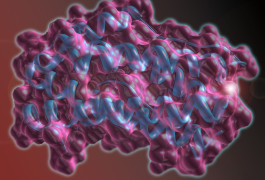
Pregnant women with elevated levels of certain immune molecules are at increased risk of having a child with both autism and intellectual disability.

High levels of an inflammatory protein in pregnant women may lower the risk of autism in their children.
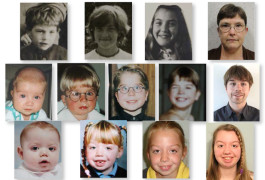
Mutations in an autism-linked gene called AUTS2 do not cause the condition’s core social features, according to the most comprehensive clinical portrait to date.
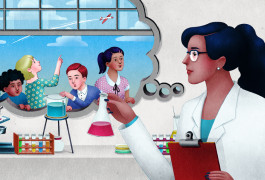
Meeting people with autism can give scientists new ideas and the motivation to pursue long-term studies.
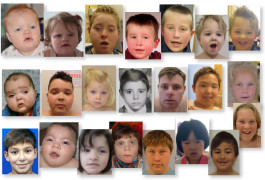
Mutations in a gene called POGZ lead to a constellation of traits, including a small head, developmental delay and, often, autism.
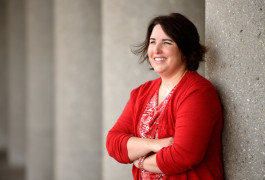
Somer Bishop is launching a revolution in autism diagnosis, creating faster, more precise tools that speed research and better capture the full spectrum of autism symptoms.

After a steady climb since 2000, the prevalence of autism among school-age children appears to have stalled at 1 in 68.

Terms such as ‘low-functioning’ often used to describe people with autism, are misleading and stigmatizing. Tracking people’s daily lives over time may offer a clearer picture of life with the condition.